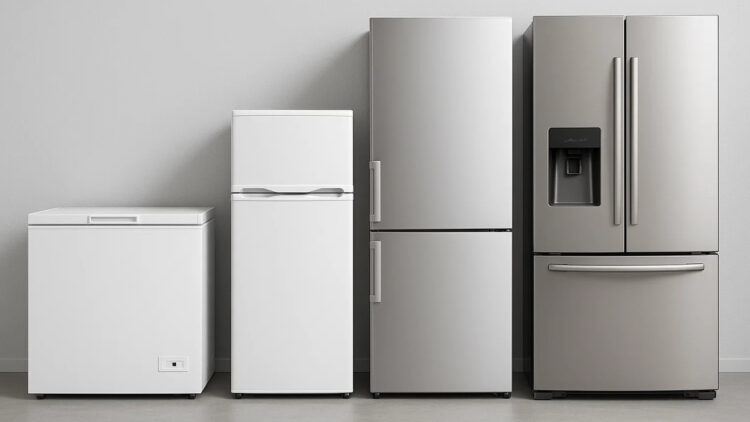Refrigeration as we know it is changing. A team from the Lawrence Berkeley National Laboratory is exploring Ionocaloric refrigeration, an idea that uses iones to provoke a phase change (from solid to liquid or the other way around) and so cool without depending on refrigerants that release greenhouse gases. The goal is energy efficiency, safety and sustainability.
According to the authors, if it works in a big scale, it could replace conventional methods in refrigerators and freezers. The proposal was born when they were studying how much energy is release or absorbed when a material change its state. Instead of heating to melt, they use ions to “move” the fusion point. As Drew Lilley said in a study published in Science, “We believe the ionocaloric cycle has the potential to meet the goals of being efficient, safe and zero harmful.”
The team insist that they are still on a trial phase, but if everything goes well, then they would be in front of a system that brakes the stablished, impacting household’s thermal engineering and maybe in the future, industries.
How this technology works
The basis of Ionocaloric refrigeration is to take advantage of phase change. When the material goes from solid to liquid, it absorbs energy; when it solidifies, it releases it. Scientists form the Lawrence Berkeley National Laboratory tried moving iones trough an electric current to change the material’s melting point and regulate its temperature.
In the laboratory they experimented with salts (iode and sodium) to dissolve ethylene carbonate. With this, they confirmed that iones could push the material’s balance and managed to cool or heat, without applying direct heating.
One of the biggest advantages is that it reduces traditional refrigerants, the same ones that contribute to greenhouse gases if they ever escape. Also, it means less cleaning or aggressive cycles, which is not bad for energy efficiency. It acts where is most important: in the material change of state.
The first result are exciting but the teams highlight that there are still some tests to be done so precision, stability and costs can be measured before applying it in real life.
Why does it matter for your home and the planet?
The current appliances work well when it comes to cooling, but many refrigerants have a high potential for global warming. That’s what it makes Ionocaloric refrigeration so interesting, because it promises less greenhouse gases without lowering the performance of the product.
This technology is part of thermal engineering, the area that designs how to move and control heat. Which means that if the system work outside of laboratories, besides fridges, it could be applicable to cool in summer and heat in winter, using the phase change with ions, creating more versatility on equipments.
The team also pointed out they are studying the balance between the climate impact, performance and cost. As Ravi Prasher said: “There are three issues we are trying to balance: the GWP of the refrigerant, energy efficiency and material cost.”
What’s next: challenges and next steps
The initial trials were positives, now the next step is to take this technology to real life, and measure how they do.
Is not going to happen tomorrow though, still need a little patience; for Ionocaloric refrigeration to arrive at your kitchen, there are some challenges to succeed first: confirm the material’s stability, show that the cycle can keep energy efficiency on a continuous use, and assure that the system really reduce the refrigerants dependency.
But if it works, we could be seeing a new generation of refrigeration that might look and do the same, but with less environmental impact.

